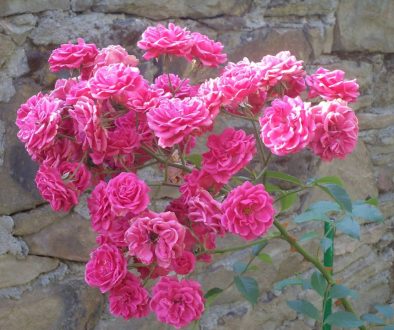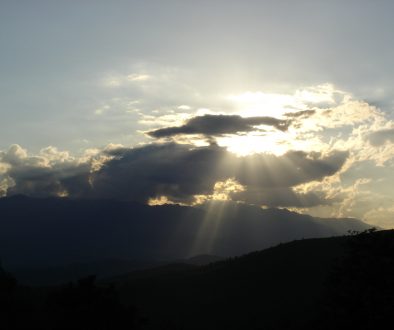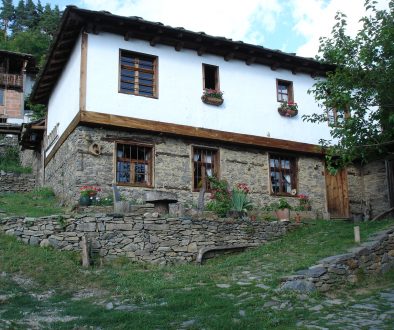The orthodox icons of Bulgaria
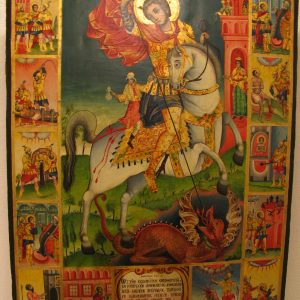 Icons are a significant part of medieval Bulgarian cultural heritage. It displays an astonishing multitude and many of its works rightfully belong to the treasures of world classic art. The roots of Bulgarian iconography date back to the time when Bulgaria accepted Christianity – in 865 during the times of knyaz (prince) Boris Mikhail.
Icons are a significant part of medieval Bulgarian cultural heritage. It displays an astonishing multitude and many of its works rightfully belong to the treasures of world classic art. The roots of Bulgarian iconography date back to the time when Bulgaria accepted Christianity – in 865 during the times of knyaz (prince) Boris Mikhail.
After the conversion to Christianity by Byzantine church, Bulgaria starts playing a significant role in the development and spreading of this medieval art (actually Bulgaria is the first Slavonic country to do so). Bulgarian capitals – Pliska and mostly Preslav, are the first places where churches were built after 865. Bulgarian masters built churches throughout the whole country in 9th and 10th century. All those were decorated with icons and frescos.
The oldest Bulgarian icons discovered so far are the ceramic icons of Preslav. The second Bulgarian capital was the most significant arts center during the period. Many famous fine arts masters worked there and developed different iconography techniques. All their works are an example of Bulgarian medieval arts.
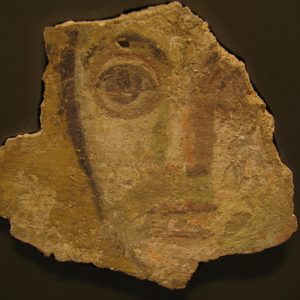 During the Second Bulgarian Kingdom a large amount of Bulgarian iconography works was created. Veliko Tarnovo is Bulgarian capital at that time and it developed as economic, political and cultural center. The new capital of Bulgaria was the place where Bulgarian iconographers created some of their most significant works – the double icon of Christ Pantokrator and virgin Eleousa and the double icon from the monastery in Poganovo village are only a small part of them. The examples of 12th and 14th century display high artistic and aesthetic value and are proof for the contribution of our iconography to the treasury of world classic art. The Ottoman invasion is one of the reasons for the delay in the development of Bulgarian culture and arts. Nevertheless, the iconography tradition continued to be followed in a semi-official, original way. Among the high-qualityest works of the 15th and 16th century are Christ Pantokrator from the Kremikovtsi Monastery, Abram entertains the Angels by master Nedyalko from Lovech. Those works prove that Bulgarian national spirit and the centuries-long traditions have not died during the foreign domination.
During the Second Bulgarian Kingdom a large amount of Bulgarian iconography works was created. Veliko Tarnovo is Bulgarian capital at that time and it developed as economic, political and cultural center. The new capital of Bulgaria was the place where Bulgarian iconographers created some of their most significant works – the double icon of Christ Pantokrator and virgin Eleousa and the double icon from the monastery in Poganovo village are only a small part of them. The examples of 12th and 14th century display high artistic and aesthetic value and are proof for the contribution of our iconography to the treasury of world classic art. The Ottoman invasion is one of the reasons for the delay in the development of Bulgarian culture and arts. Nevertheless, the iconography tradition continued to be followed in a semi-official, original way. Among the high-qualityest works of the 15th and 16th century are Christ Pantokrator from the Kremikovtsi Monastery, Abram entertains the Angels by master Nedyalko from Lovech. Those works prove that Bulgarian national spirit and the centuries-long traditions have not died during the foreign domination.

